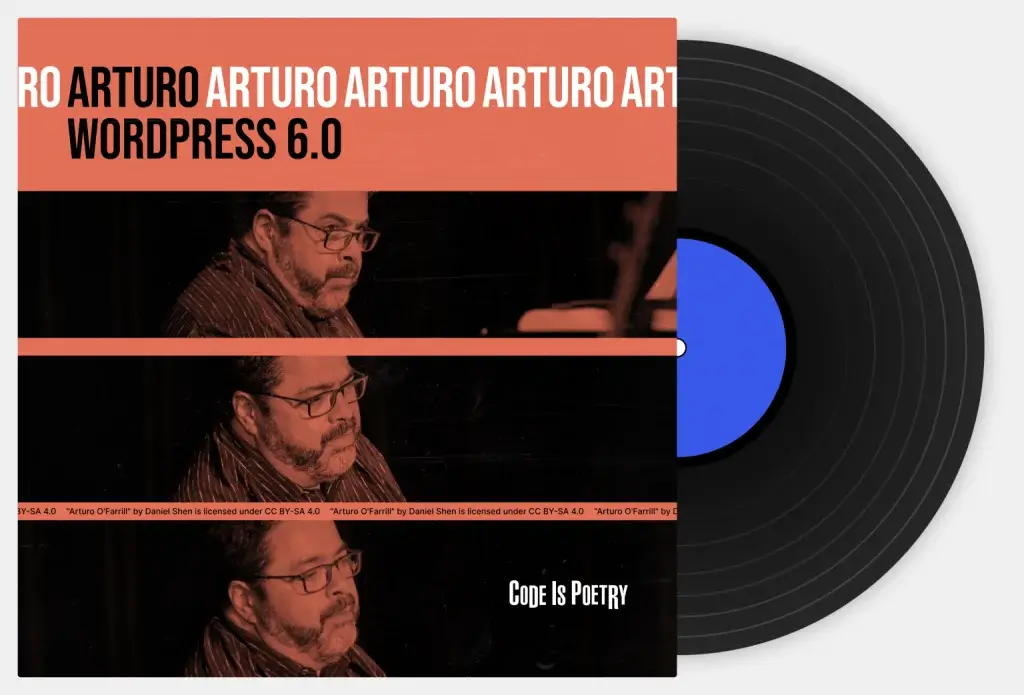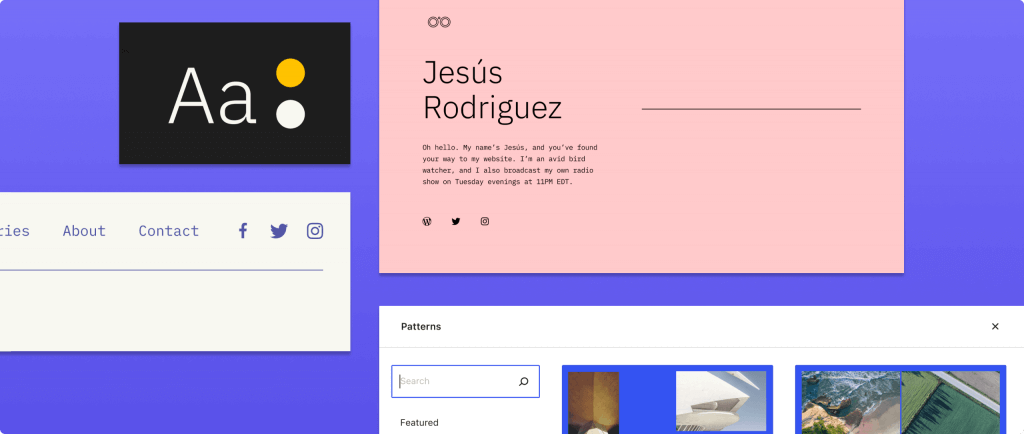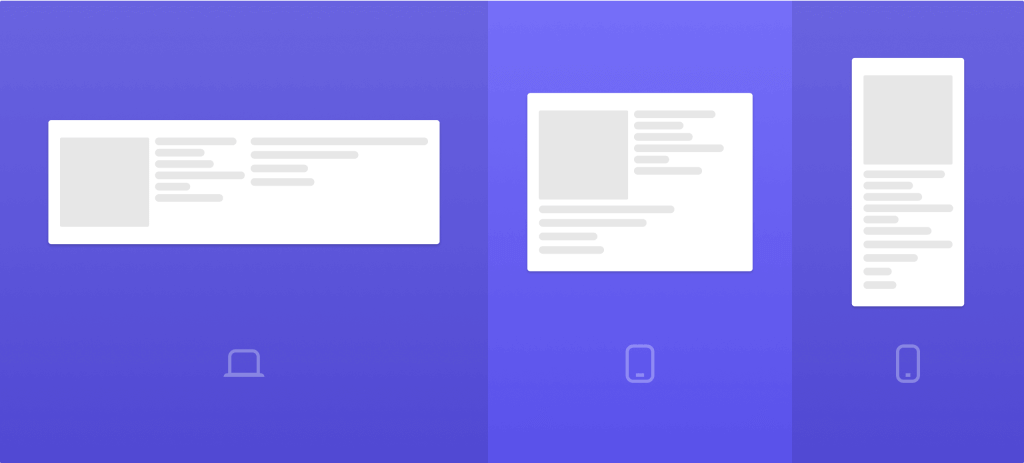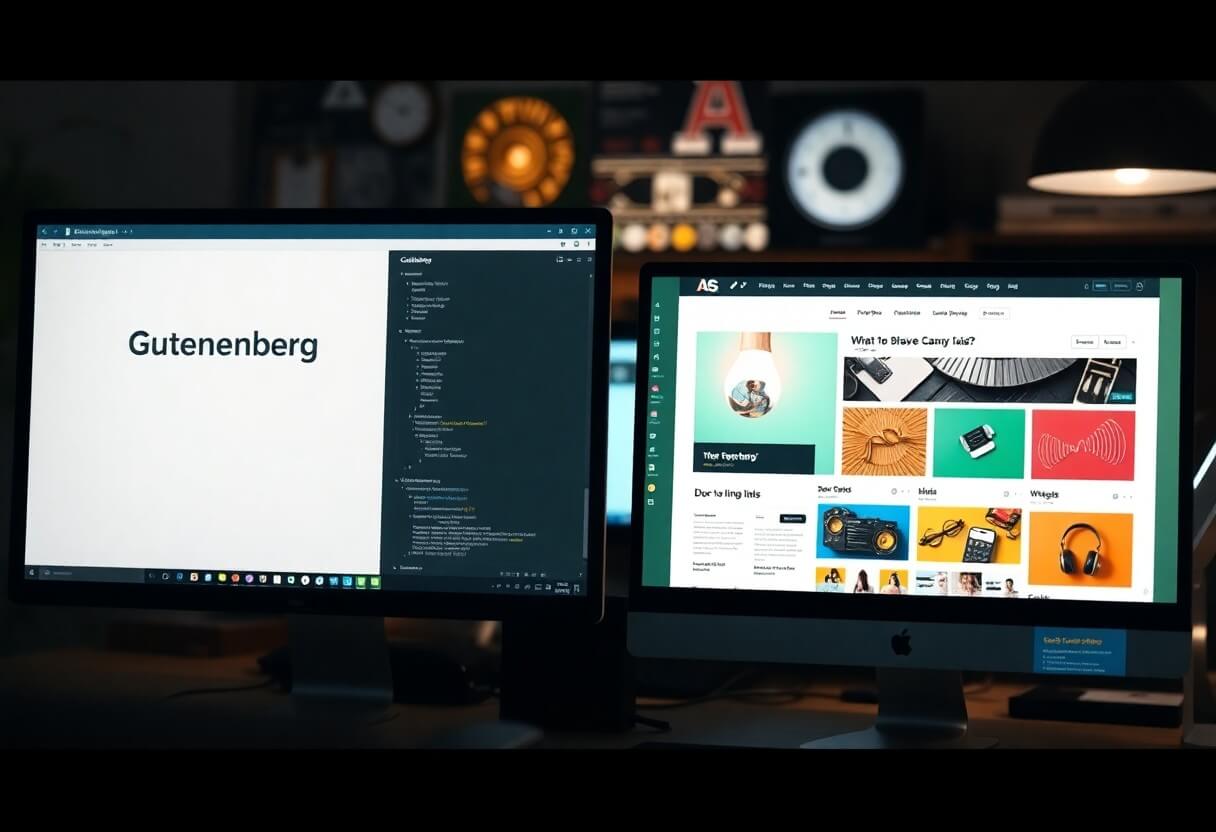WordPress 6.1 Roadmap, Schedule for WordPress 6.1 (WordPress & Gutenberg)
- WordPress 6.1 Roadmap, Ütemterv a WordPress 6.1-hez (WordPress & Gutenberg)
- Let's look at how this is currently manifesting itself alongside actual, real developments:
- Template editor →
- Building with pre-made patterns →
- Global styles →
- Blocks and planning tools →
- Topics & Gradual adoption
It is time to look ahead to the WordPress 6.1 & Gutenberg the main areas of work and development and directions.
A key focus of this release will be to refine the way in which the experiences introduced in 6.0.
In our previous article we described in great detail the WordPress 6.0 Arturo major version improvements compared to version 5.9.
In addition, here is our article about WordPress 6.0 It includes updates and bug fixes for 6.0.1.

A WordPress 6.1 will focus on refining full site editing, next-phase collaboration and multilingual features. These are expected to be available in 2023-2025
Gutenberg's lead designer Matías Ventura has identified refinements to the experience introduced in 5.9 and 6.0 as the main goal for the upcoming 6.1 release.
He released the 6.1 roadmap ahead of the closing session of WordCamp Europe in Porto, where he was scheduled to demo with Matt Mullenweg and Josepha Haden Chomphosy.
Ventura couldn't do it, but tweeted an thread with video demos of some exciting interface updates that Gutenberg contributors are working on.
One of the main drivers is to make site navigation a smoother experience through a new "browse mode" that allows site editors to zoom in and out while they work.
Patterns are another key focus, identified by Ventura as "a central element of the creative experience". Contributors work on , to facilitate the preparation of samples, and plan to improve the detection and integration process.
A WordPress 6.1 provides better support for the use of samples for individual entry types, block types, and a more intuitive experience for locking and managing saved samples.
Let's look at how this is currently manifesting itself alongside actual, real developments:
One of the goals of version 6.1 and its enhancements, among many others, is to weave the various processes into a more coherent and satisfying experience for users, maintainers and enhancers.
It also aims to address some of the functionality gaps as we begin to move towards Phase 3 of the Gutenberg roadmap, which will partially implement some of the functionality that website builders have already implemented, if not replaced, then built-in.

The following link shows the main directions of this an overview of the main Phase 2 project. Here you can keep up-to-date with both the Gutenberg and the WordPress 6.1 expected directions in its development version.
However, it is clear - and we welcome this - that the user experience is one of the main directions.
Template editor →

Demonstrate how to browse, view and edit the site structure. Provide greater clarity between global elements (templates, template parts, styles) to unify the template editor and post editor experience.
A subset of the work repair around the navigation block → taking place
Building with pre-made patterns →

We need to be better prepared to unlock the full potential of patterns, as shown in the "Construction with patterns", which the 6.0 cycle was a little late in putting together.

You can allow patterns to be at the heart of the creative experience, including matching them to individual entry types, block types, enhancing the locked experience, managing saved patterns, etc.
Global styles →

Blocks and planning tools →
Progress through the global styles interface while improving support for restrictions, permissions and assorted sets. Enable web fonts management, implement responsive typography, and expand the toolset available for blocks with consistency, reliability, and joy in mind.
Topics & Gradual adoption
There are also a number of problems with the ability to adopt features such as template sections, incrementing on existing topics, and the ability to provide broader access to the topic. json editing.
It is also important to continue to look at the processes of change, and how to make the best use of the new possibilities of styles and templates.
More information is expected as developments progress →
Want to keep track of changes? Subscribe to our newsletter and we will (occasionally) notify you
Can you share this article with your friends? You can do so below:
More articles on similar topics:

New article release notification
Successful subscription!







